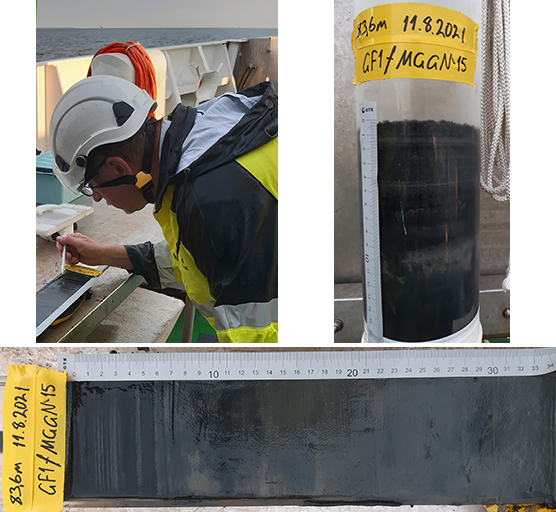Aim of the project
The aim of the project GoFHAZ is to aggregate existing and generate new information on the presence and concentration trends of hazardous substances in the sediments of Gulf of Finland. To achieve this, co-operation on sedimentology studies between Finland, Estonia and Russia is reinforced. Results of the project can be used to support HELCOM activities and the evaluation of effectiveness of the Stockholm Convention on Persistent Organic Pollutants and of the Minamata Convention on Mercury.
Background
Monitoring of the state of the Baltic Sea and Gulf of Finland requires regular assessments which provide information for drawing up concrete measures to enhance the ecological and chemical status of the sea. The most recent Gulf of Finland status assessment was published in 2016 as a result of the joint Gulf of Finland Year by Finland, Estonia and Russia. Together with the Second Holistic Assessment of the Ecosystem Health of the Baltic Sea (HOLAS II) by the HELCOM these reports identified POPs and mercury as the most problematic contaminants in the Baltic Sea.
Although international regulations for these substances have been established and pressures have been reduced, some of the hazardous substances still exceed quality standards. Measures to improve the status of the sea are needed and this project produces information about the past and current status for drawing up of scenarios to support policy-making.
Methods
Studied contaminants include mainly organic pollutants: brominated flame retardants, perfluorinated surfactants, organotins, dioxin-like compounds and PAHs. Existing study results about presence of these contaminants are reviewed and new sediment core samples are collected during spring/summer 2021. One sample consist of ca. 30 cm long sediment core which is sliced to 1-2 cm thick slices. Research vessel Aranda is utilized in sample collection. Slices should be dated (Pb210 / Cs137) and contaminants are analysed from them. 1-2 core samples are collected from regional areas of each partner countries. Each partner covers its own analysis costs.
Based on measurements done and data collected during the project, analysis about trends of concentrations of contaminants and about biogeochemical processes affecting them are made and recommendations about measures for reduction of concentrations of hazardous substances in the Gulf of Finland are drawn up. In future these sub regional recommendations can be utilized at whole Baltic Sea level by HELCOM activities.

Sediment sampling on the r/v Aranda, August 2021. Photos Mikko Kinnunen/GTK.